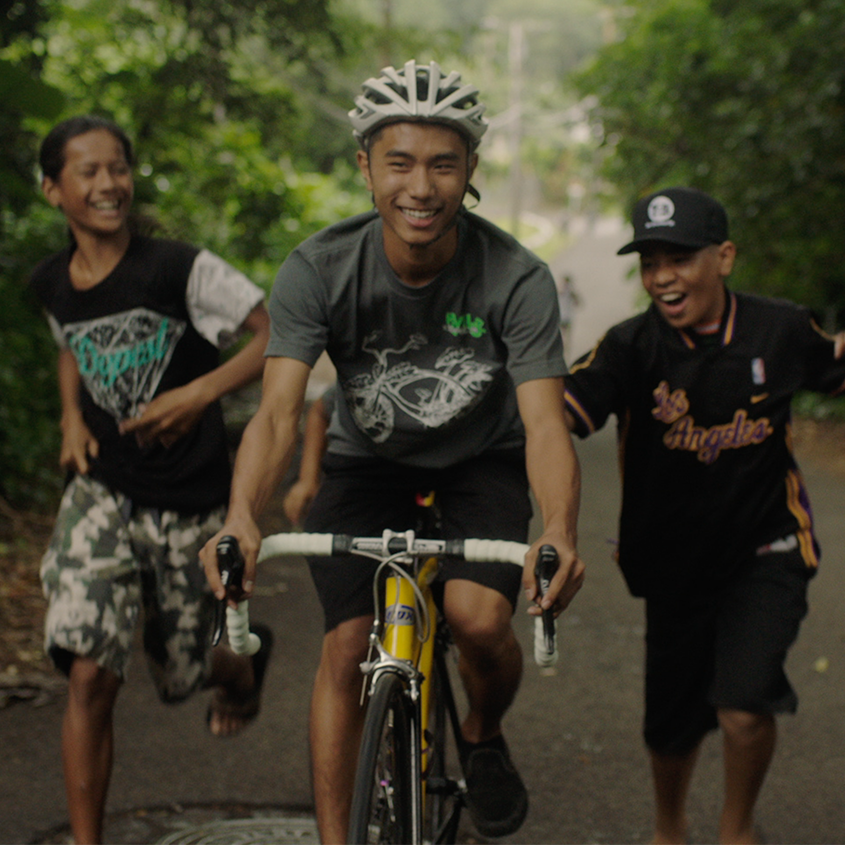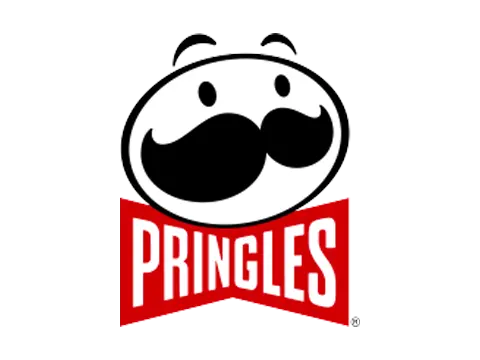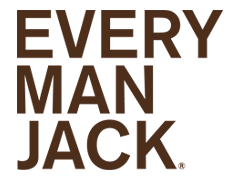As one of 16 groups selected to participate in the Movember Foundation’s Making Connections initiative, the Southern Plains Tribal Health Board (SPTHB) in Oklahoma has built a coalition committed to reducing mental health disparities experienced by American Indian males. Partners include INTEGRIS Health, Men’s Health Network, and other tribal and non-tribal partners.
Making Connections for Mental Wellbeing Among Men and Boys, funded by the Movember Foundation and led by Prevention Institute, is engaging communities across the U.S. to develop prevention-based initiatives to address conditions in the community that can influence mental wellness.
Dr. Tamara James, SPTHB Making Connections Program Coordinator, and Dr. Ric Bothwell of Men’s Health Network talk about the coalition’s progress and plans, including an innovative program to reduce suicides among youth.
Q: What are some of the disparities that you are addressing with your Making Connections work?
Ric Bothwell: Mortality data from the National Center for Health Statistics (NCHS) shows that rates for suicide, accidental deaths, homicide, and overdoses are much higher for American Indians, and that rates for males are significantly higher than for females. When responding to how frequently they felt hopeless and worthless, two questions on psychological distress, American Indian males were really high compared to anyone else. In my 40 years working in American Indian communities, there’s nothing that kicked me in the teeth harder than when I saw that data about feeling hopeless and worthless and then the suicide rates, which are three times higher for American Indian males than for males of all races. It was like I was right back at Pine Ridge where I started my career in the 70s seeing the sad eyes of so many boys and men.
Q: How is the coalition approaching its work?
Tamara James: SPTHB serves 43 federally recognized tribes from Oklahoma, Kansas, and parts of Texas. Throughout this year, we wanted to hear from the communities to not only see if the priorities that we identified align with theirs, but to also try to identify communities that are most interested and ready to genuinely engage as partners. We surveyed tribal community members about their community’s mental health priorities, needs for males, community awareness, and support from tribal leadership, and gathered feedback through focus groups at the 8th Annual Tribal Public Health Conference. At the same time, we’ve been finding the interventions and programs that we think would fit, and that’s where HOPE Squad came in.
Q: What is HOPE Squad?
Ric Bothwell: It’s a youth suicide prevention program that uses the QPR training approach that is recognized as “evidence-based” by SAMSHA (the U.S. Substance Abuse and Mental Health Services Administration). Under the program, HOPE squads are established in schools, usually middle schools and high schools. The student body selects the peers who they consider the most trustworthy, the ones they would be willing to share their concerns with. These kids are trained to be “gatekeepers” using the QPR training they received to recognize the warning signs of suicide and if detected to: question the person’s intent, persuade them to accept help if needed and, refer them to an appropriate professional. These HOPE Squad members are supported by, and work in coordination with, the school system, its counselors, and the mental health facilities available in the community. This approach also has broader implications than suicide prevention: when you deal with the underlying problems and the risk factors for suicide, you also identify a lot of other things that might not end in suicide but might end in homicide, domestic violence, substance abuse, bullying, and legal problems.
Q: What are some of the considerations in adapting this program to serve American Indian youth?
Tamara James: It’s not uncommon, especially for smaller tribes, for the kids to be bused into the public school system. So we have to think about how we implement the program with a focus on those children when they’re a minority within the school system. We also have to consider how to get males to participate; we know that recruiting males is an issue across the board.
Q: How does being part of the larger Making Connections program figure into your work?
Tamara James: When we’re doing our work, we don’t have to reinvent the wheel; for instance, we worked with several of the other Making Connections sites on the survey that we developed. It’s great seeing mental health work going on around the country and knowing that other communities are going to contribute to this larger picture of how we’re addressing these issues. Also, I think it’s really critical to feel like you’re not alone in this work that is so emotionally exhausting, intense, and important.
Ric Bothwell: Another benefit of this network is that collectively, we can push this country towards the tipping point where they finally wake up and realize that ignoring men’s health is a horrible social and economic mistake. We need an office of men’s health at the national level to allow for better research and more attention to this: men really do need a specific focus; how they get information and how they accept and ask for help is different. I think the Movember Foundation and Prevention Institute will have one of the strongest portfolios of collective learnings from all these projects to make the case that it’s time that the federal government recognize this and make the commitment sooner rather than later.
Read more about Making Connections

August 31st, 2016
Making Connections partner, Southern Plains Tribal Health Board, is developing strategies with tribes across the region, including an innovative youth suicide prevention program.
Raising Hope for American Indian Youth
4 MIN READ


.com_Carousel.jpg)


.png)

